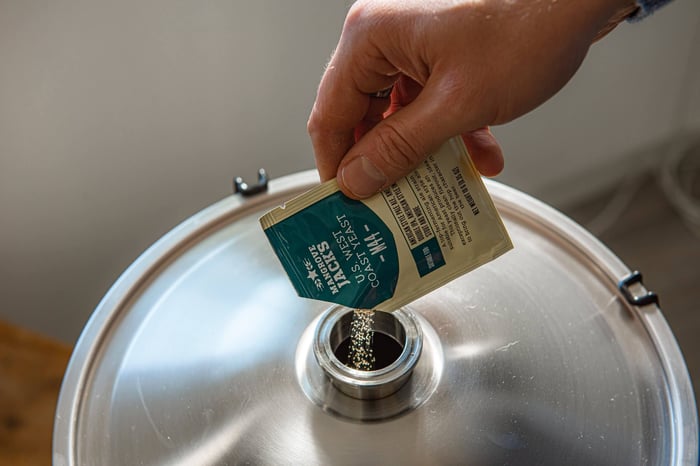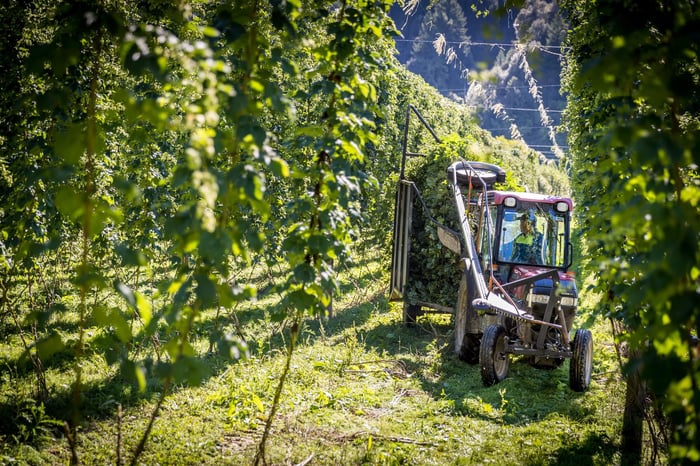Here's a brewing technique that'll make you feel like you've discovered a cheat code for your homebrew setup. Parti-gyle brewing takes one mash and turns it into two completely different beers—and it's easier than you might think.
How Parti-Gyle Brewing Actually Works
The process is elegantly simple: mash your grains, drain the first wort, then mash those same grains again with fresh water. You end up with two distinct worts—the first stronger and more concentrated, the second lighter but with greater volume.
Where it gets interesting is in the boil. Each wort gets its own treatment, which means you can experiment with completely different hop schedules, specialty additions, and fermentation approaches. One mash day, two brewing adventures.
The term "parti-gyle" comes from the old brewing word "gyle," meaning a complete batch of wort. So you're literally making part of one gyle and part of another—brewing etymology that actually makes sense for once.
Perfect for New Zealand's Brewing Culture
Think about those big, bold styles that Kiwi brewers love to tackle—imperial IPAs, robust stouts, intense barley wines. The challenge is that 20-25 litres of 10% ABV beer is a serious commitment. Parti-gyle brewing lets you create that showstopper beer while producing a larger batch of something more sessionable.
It's particularly brilliant for those experimental phases we all go through. Want to test how different yeasts handle the same base wort? Parti-gyle gives you that opportunity without doubling your grain costs or brew day commitment.
Breaking Down the Maths (Promise It's Straightforward)
Let's work through a practical example using measurements that make sense for home brewers. Recently, I wanted to create 9 litres of American barley wine (OG 1.075) alongside 15 litres of American pale ale (OG 1.035).
Calculating Required Gravity Points:
- Barley wine: 9L × 75 points = 675 gravity units
- Pale ale: 15L × 35 points = 525 gravity units
- Total needed: 1,200 gravity units
Grain Bill Analysis:My recipe used 4.55kg Maris Otter, 950g Munich malt, and 160g crystal malt. At 75% efficiency:
- Maris Otter: 4.55kg produces approximately 1,040 gravity units
- Munich: 950g contributes roughly 130 gravity units
- Crystal: 160g adds about 40 gravity units
- Total available: 1,210 gravity units
The numbers line up beautifully, giving us confidence that our recipe will deliver the goods.
Common Questions About Parti-Gyle Brewing
What if my gravities don't match on brew day?That's where understanding gravity units becomes your best friend. Low gravity? Extend the boil to concentrate your wort. Too high? Careful dilution with brewing water brings everything back into balance.
How do I handle hop additions?Each wort gets its own hop schedule based on the final volumes. If you adjust volumes during brewing, your hop calculations need to adjust accordingly—nobody wants unbalanced bitterness levels.
Which styles work best together?The combinations are endless: robust porter with mild ale, barley wine with bitter, imperial stout with session stout. The key is planning complementary styles that make good use of the strength differential.
Making the Most of Your Brew Day
What makes parti-gyle brewing particularly appealing is the efficiency factor. You're essentially getting double the brewing outcomes for about 1.5 times the effort. Your grain utilisation improves, you explore more brewing territory, and you end up with more variety in your beer fridge.
From a seasonal perspective, it's perfect for those longer winter brewing sessions when you've got the time to manage two separate boils. Summer brewing? Maybe stick to single batches unless you're really keen on the heat.
Ready to Give It a Crack?
We're putting together a comprehensive video guide that'll walk you through the entire parti-gyle process from start to finish. Sometimes seeing the technique in action clears up any confusion about timing and logistics.
The beauty of parti-gyle brewing lies in its flexibility and efficiency. You're not just making beer—you're maximising every grain's potential while exploring the full spectrum of what your ingredients can deliver.
Questions about parti-gyle calculations or keen to share your own dual-brew success stories? Send us an email. We love hearing from brewers who aren't afraid to try something different and make the most of their brewing sessions.
Grainfather Team










